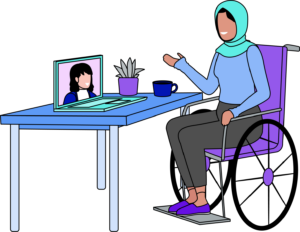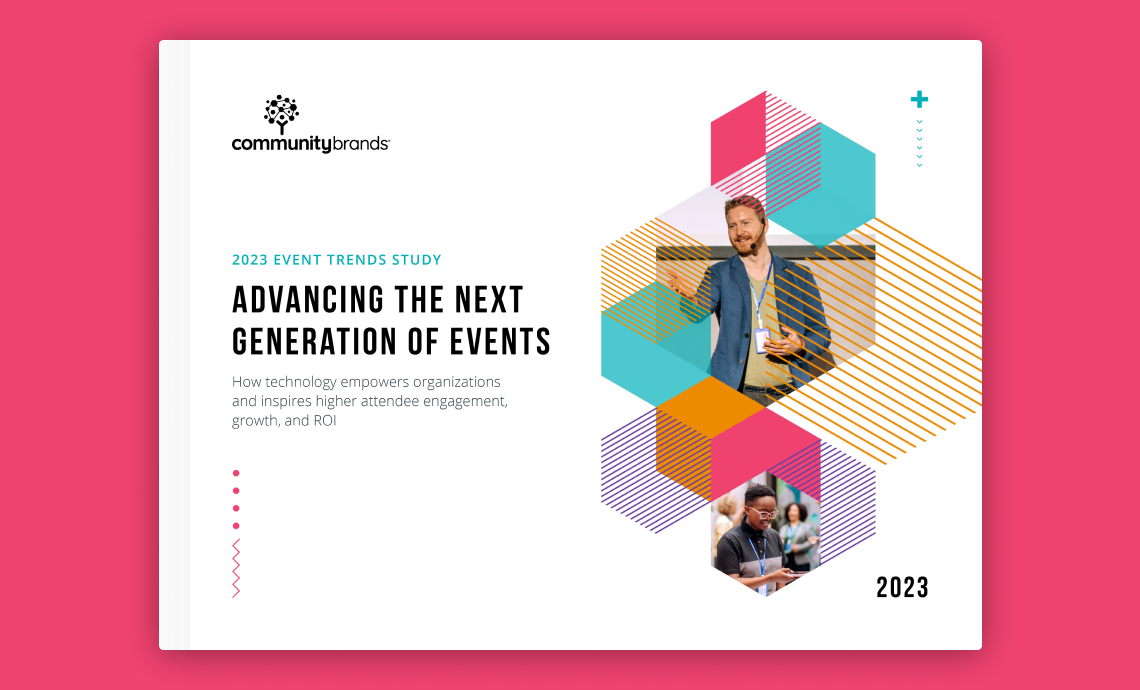We can all agree, no one ever wants to feel left out. That’s why creating an accessible conference where everyone feels welcomed and involved is not just nice-to-have, but essential for any successful and meaningful gathering. It’s a universal desire to be included, valued, and heard and the feeling of exclusion can be disheartening and demotivating. In this blog, we’re focusing on how to plan an accessible conference that goes above and beyond to ensure nobody’s left out in the cold. Let’s explore strategies, ideas, and approaches to make every participant feel like a true VIP – because when everyone’s included, the magic truly happens.

What is an accessible conference?
To be accessible we must understand what that really means. Accessibility applies to both the ease in which the information is delivered and the digestibility of the materials. According to Cornell University, the best way to create an accessible event is to merely ask. This involves engaging with the people who will be attending the event, whether they are speakers, participants, or attendees. By asking questions and seeking input, you can gain valuable insights into their needs, preferences, and any potential barriers they might encounter. This proactive approach will empower you to tailor your event to accommodate a wider range of abilities and circumstances and plan an accessible conference.
5 Ways to make a conference accessible.

1. Place messaging on your website and in your communications.
For example, your message might include text such as: “We strive to host inclusive, accessible events that enable all individuals, including individuals with disabilities, to engage fully. To request an accommodation or for inquiries about accessibility, please contact (name, email, phone).”
2. Include a checklist in your meeting RSVP.
Offer attendees an easy way to specify their accommodations. Once all requests are received, make sure you follow up on them. If it appears you will be unable to meet a specific request, follow up with the individual who made the request to determine whether an alternative arrangement can be made. For example, here’s an accessibility checklist from Cornell University’s event planning resources.

I will need the following accommodations in order to participate:
- Assistive listening device
- Captioning
- Reserved front row seat
- Large print
- Advance copy of slides to be projected
- Wheelchair access
- Wheelchair access to working tables throughout room
- Scent-free room
- Lactation room
- Gender neutral bathroom
- Diet Restrictions. List: __________________
- Other: _____________________________
3. Select an accessible venue.
By prioritizing features such as ramps, elevators, clear signage, and diverse food options for individuals with disabilities, event organizers create an environment where all attendees can fully participate, ensuring a welcoming and enriching conference experience for everyone, regardless of their abilities or needs.
Features to look for when inspecting your meeting/event space:
- Visibility – Consider those with impaired sight
- Clear signage – Ensure well-lit meeting space and adjacent areas, clearly identify location and directions
- Acoustics – Consider those with a hearing impairment
- Public address (PA) system – Limit unnecessary background music, seating available near presenter for lip reading, and availability of assistive listening devices
- Mobility – Consider those who may be in a wheelchair or have other mobility impairments
- Accessible parking near venue – Keep proximity to bus stops, ramps and/or elevator access, accessible bathrooms, barrier-free pathways, wide doorways, and ensure no loose cables cross walking areas
- Technology – Ensure electrical outlets are in accessible seating areas to accommodate devices, laptops, etc.
- Zoom – Visit the Zoom website for assistance to see what options are available for your event
- Service animals – Consider access and comfortable spaces for service animals to rest during event, offering accessible toileting and watering facilities nearby
4. Adhere to the ADA (Americans with Disabilities Act) regulations.
By incorporating ADA guidelines into the conference planning process, organizers create an environment that prioritizes accessibility, accommodating features such as wheelchair ramps, accessible seating, communication assistance, and more. This proactive approach demonstrates a strong commitment to inclusivity and ensures that all attendees, regardless of their abilities, can fully engage in the event while fostering a sense of respect, equity, and belonging. Aligning the event with legal requirements will ensure equal opportunity for all involved.
Other key considerations:
- Make it easy for attendees to register, view or download their materials, and contact you with special requests.
- Use alt text to describe images to vision impaired attendees.
- If it’s a video, consider the volume of the audio and use captions, when possible.
- Depending on your audience demographics you may need your content available in other languages.
5. Providing accommodations for diverse audiences
According to Association Meetings International, here are a few ways you can make your conference more inclusive:
- Event committee: Start with an event committee including a range of genders, cultures, qualifications, ages, and abilities. This will help your event bring in a broad mix of opinions, ideas, and perspectives to reduce unconscious bias.
- Session variety: As yourself are the sessions covering a wide range of attendee needs? Are the speakers diverse? Are the types of sessions varied to create more engaged attendees?
- Registration: Make registration inclusive: offer student passes, ask about accessibility needs. You can also require a commitment to antidiscrimination at the event in your registration process.
- Marketing efforts: Make sure your inclusiveness extends to your website, onsite signage and marketing efforts to show, as well as tell that your conference welcomes everyone.
- Programs: Create a legacy by making inclusive processes standards for future events, establishing a sponsorship program to open the program to underrepresented groups, or running a charitable event to further your efforts.
Tip: Make sure your event management platform allows you to customize your options to include these DEI requirements like Attendee Interactive does.
Why should you make your conference accessible
Making your conference accessible is essential to ensure that all participants, regardless of their abilities or needs, can fully engage, contribute, and benefit from the event. Accessible conferences not only comply with legal requirements but also demonstrate a commitment to social responsibility, equity, and respect for every attendee. Embracing accessibility will widen your audience and ultimately enrich the event’s impact creating a positive, long-lasting impression.
Overall, creating a diverse and inclusive conference will help make your event stand out. We hope you are inspired to remove barriers at your next conference, tearing down obstacles and making sure that everyone can participate fully and equally.




